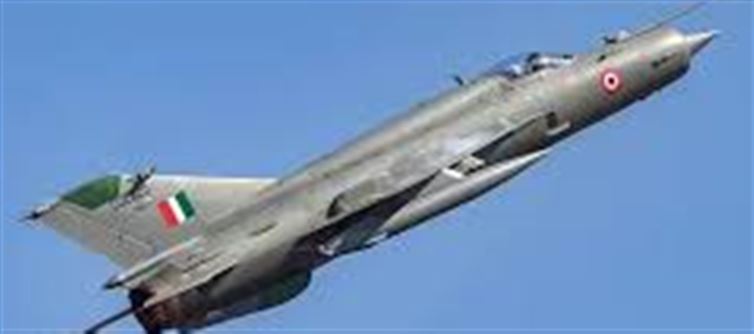
India’s air Force is entering a decisive phase. With the legendary MiG-21s retiring this month, the operational fleet will shrink even further—just 29 squadrons against the required 42. This shortfall raises an urgent question: Which fighter jet will secure India’s skies in the coming decade?
1. The Shrinking Fleet – A Looming Crisis
The IAF faces a cascading retirement wave:
MiG-21 bows out this month.
Jaguar, Mirage-2000, and MiG-29 will phase out soon.
This leaves india heavily dependent on Su-30MKIs, Rafales, and Tejas, all 4.5-gen jets, while rivals move to 5th-gen stealth fighters.
2. The Neighbourhood Threat
China already operates the J-20 stealth jet and is preparing the J-35 for Pakistan. Turkey, too, has offered its KAAN fighter to Islamabad. This emerging China–Pakistan–Turkey axis puts enormous pressure on India’s airpower gap.
3. Operation Sindoor: A Wake-Up Call
During Operation Sindoor in May, indian and Pakistani jets clashed. The lesson was clear:
Future wars won’t be about speed or pilot skill alone.
Sensor fusion, AI, and data-link interoperability will determine the winner.
India’s mixed fleet still lacks a unified system—putting it at a disadvantage.
4. The AMCA Dream—But Too Far Away
India’s indigenous Advanced Medium Combat Aircraft (AMCA) promises to be a world-class stealth platform. But with entry expected only by 2032-33, it cannot fill the immediate void.
5. Option 1: The American F-35 – Cutting Edge but Costly
Price tag: ~$100 million per jet.
Pros: Best-in-class stealth, unmatched network-centric warfare.
Cons: Political unpredictability, U.S. reluctance to sell F-35s to india, and dependency on American spares.
6. Option 2: The Russian Su-57E – Affordable but Risky
Price tag: ~$65 million per jet.
Pros: Cheaper, co-production in india possible, fifth-gen platform.
Cons: Still unproven in real combat, reliability concerns, overdependence on Russia.
7. Option 3: More Rafales – Reliable but Limited
Pros: Battle-proven, already integrated into IAF, can be upgraded with long-range missiles.
Cons: Expensive for a 4.5-gen platform, doesn’t bridge the stealth gap against J-20s.
8. The Clock is Ticking
Air Chief Marshal A.P. Singh has warned: india needs 35-40 new jets every year to stay battle-ready. A high-level committee has already flagged fighter procurement as a national security priority.
✨ The Final Dilemma
F-35: Too costly, geopolitically complex.
Su-57: Affordable, but untested.
Rafale: Reliable, but not future-proof.
Until AMCA takes flight, India’s skies hang in the balance. The final decision could shape not just the IAF’s future, but also India’s strategic standing in an increasingly hostile neighbourhood.
Disclaimer:
The views and opinions expressed in this article are those of the author and do not necessarily reflect the official policy or position of any agency, organization, employer, or company. All information provided is for general informational purposes only. While every effort has been made to ensure accuracy, we make no representations or warranties of any kind, express or implied, about the completeness, reliability, or suitability of the information contained herein. Readers are advised to verify facts and seek professional advice where necessary. Any reliance placed on such information is strictly at the reader’s own risk.
.jpg)




 click and follow Indiaherald WhatsApp channel
click and follow Indiaherald WhatsApp channel